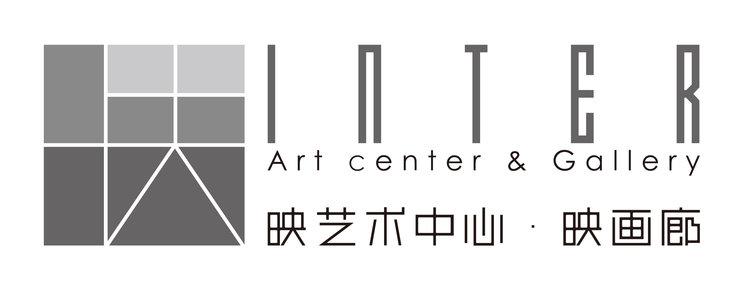Before Symbols
Bao Kun
With the dawn of history, symbols emerged in the human visual world and began to play a role in the intellectual history of humanity. The earliest symbols were gods for people to worship. People worshipped these gods because they worshipped power; rulers implored this omnipotent power to protect them and legitimize the power they held. Ancient emperors and kings, along with priests who specialized in dealing with the spirits, promoted “the divine right of kings,” but they were actually building and protecting their power, in order to enslave and dominate the masses. In doing so, the symbols they employed became more absolute and more extreme. The hallowed background to these symbols was the sacredness and inviolability of these powerful people. As a result, these lofty symbols were coincidentally and frequently the talismans for the most shameless and base of people.
After the gods were transformed into symbols, heroes were the next to be transfigured. Those who charged forward in the political struggles of liberation and resistance later become revered and respected, thereby becoming symbols that people worshipped. This reverence was necessary because people use these symbols to support and promote their aspirations, and the heirs to power consciously created gods and extreme symbols. With the passage of time, the actual meaning of the symbols was changed or lost and heroes were abstracted from specific, living people to become absolute symbols. These absolute symbols condensed the three-dimensional into the two-dimensional, reducing a time line to a time point.
Once these completely abstract symbols were formed, they could not escape the consumption that would take place. Politicians consumed them because they needed to borrow their latent influence, and the masses consumed them because people needed spiritual support and security, which were sources of comfort. Later, these symbols came to lack that divine light, and the strongest force for consumption came from capital and the market. Images were the best resources in the marketization of tourism, and the ubiquitous sculptures and portrait paintings of great men incorporate the meaning behind them, which is actually the thing that is most easily transformed into currency. In a capitalist system, the most-worshipped symbols are shining banknotes. Of course, visual artists have interpreted and incised these symbols on canvas, clay, and stone, creating works of Pop Art and Conceptual Art. Unfortunately, many of these artworks have simply become stores of value, like currency; they are now the standard medium of exchange in transactions at galleries and auction houses.
Despite this, because of the visual properties of symbols, the use of symbols to explain an artist’s ideas is still an important way to understand history and culture.Through photography, Beijing photographer Guo Peihe considers symbols such as Tian’anmen and the Mao Zedong portrait. Tian’anmen and the Mao portrait are particularly historic, and as such, they are extremely symbolic places and things. As the main gate of the Ming and Qing dynasty imperial city and the platform for the establishment of New China, the Tian’anmen wall has witnessed three dynasties of Chinese history, and later the establishment of the People’s Republic of China. As a result, Tian’anmen has become a contemporary political and cultural symbol. Mao Zedong was the core figure in Chinese history for nearly thirty years of extreme communist activity from 1949 to 1976. Tian’anmen and the portrait of Mao Zedong together constitute a symbol of absolute power; they are an important, special symbol in the historical narrative of China since the revolution. Guo Peihe took these sym-bols as his backdrop, and focused his lens on the people standing in front of them. These people move on the Jinshui Bridge, so Guo Peihe also works in this space. He closely frames the relation-ship between these people and the Mao Zedong portrait in his viewfinder. Over the last few years, Guo had photographed visitors from all over China; their bearing and attire are completely contem-porary, which creates a distinctive yet false relationship with this dignified revolutionary symbol. He is juxtaposing elements from two completely different eras. Guo Peihe uses a long lens to reduce the visual angle, closely highlighting the conflicting elements that inspire spontaneous meanings.
Guo Peihe used the method of photographic symbols to “deconstruct” history and search for its meaning and value. What is left after the tumult of revolution? Is it idealism or materialism? Is it true freedom and liberation or is it a different kind of insidious coercion? Is it a glorious history perpetuated by heroes, or is everything forgotten at the hands of fickle life? The wrinkles of an old countryside man and the fashionable necklace of a young urban woman are all taken in by the eternal gaze of Mao Zedong. Guo integrates all of these disparate elements; that ever-changing Tian’anmen Square, with its expansive dimensions and endless patience, encompasses countless comedies and tragedies. Guo Peihe trained his lens on these real people, which implies a shift in the flow of time and space. What he has left out represents unmoving historical symbols that are outside the focal plane. In contrasting the figures and the setting, Guo Peihe seems to say that life will always move onward.
